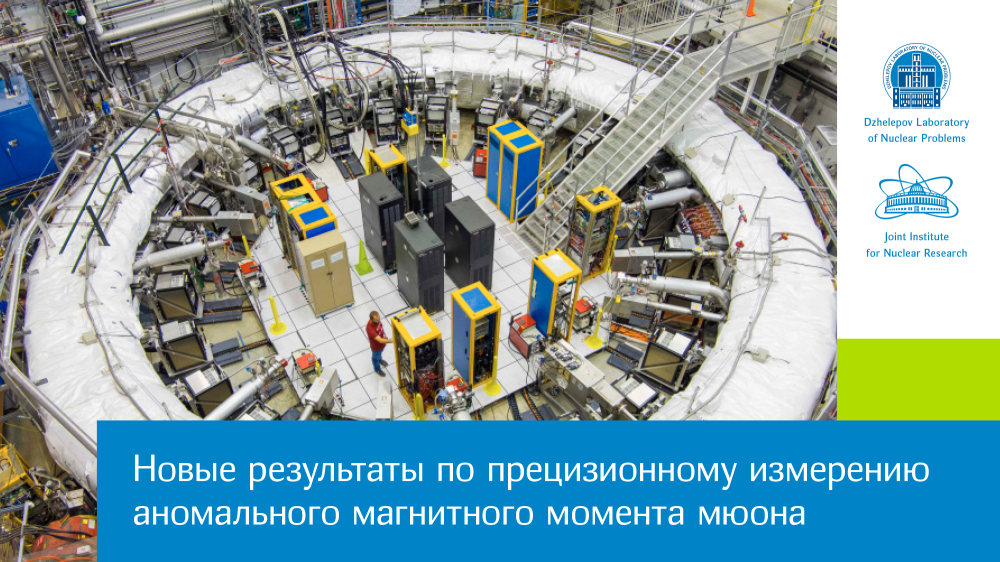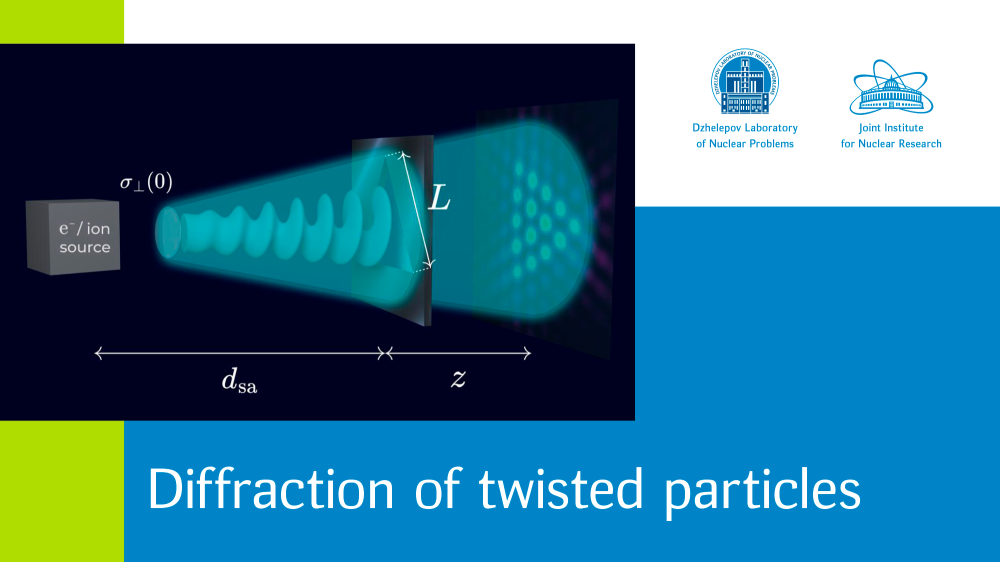New results of precision measurement of muon anomalous magnetic moment

The anomalous magnetic moment of the muon aμ = (g-2)/2 (where g is the muon’s gyromagnetic ratio) is the difference between the observed value of the muon magnetic moment and the Dirac prediction (g = 2). Non-zero value of aμ is explained by the contribution of various virtual particles of the physical vacuum. Therefore, the measurement of the muon anomalous magnetic moment turns out to be very important for the search for new physics beyond the Standard Model (SM).
Based on the processing of experimental data acquired in 2019 and 2020, the authors of the article made a conclusion about disagreement between the results of the experiment and the SM predictions (2020, publication of the calculations by the Muon g-2 Theory Initiative group based on perturbative methods) with the statistical significance of 5.0σ which arises to 5.1σ if E821 experiment data are taken into account. The new experimental value of the muon anomalous magnetic moment is aµ = 116 592 055 (24) × 10-11. The achieved measurement accuracy is two times better than the first result of this experiment published in 2021.
The result obtained at Fermilab aroused great interest in the scientific community also due to the fact that the CMD-3 collaboration, that acquires data on VEPP-2000 collider (Novosibirsk), presented new results of measuring annihilation e+e- → π+π- cross section. These results significantly corrected the normalised total cross section of hadron production and the theoretical g–2 value based on it decreasing their disagreement with experimental values. Thus, CERN Courier journal has recently published two notes devoted to the g–2 experiment and theoretical methods of measuring the muon anomalous magnetic moment:
https://cerncourier.com/a/getting-to-the-bottom-of-muon-g-2/
https://cerncourier.com/a/new-muon-g-2-result-bolsters-earlier-measurement-2/
N. V. Khomutov,
researcher of Sector 4 Department of Multiple Hadron Processes DLNP JINR






